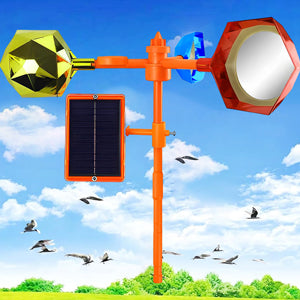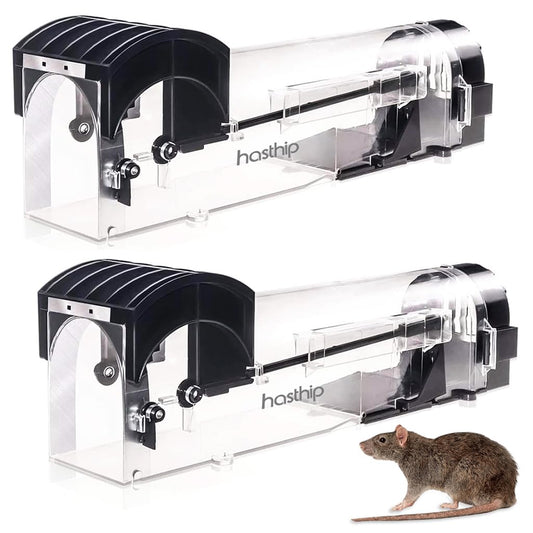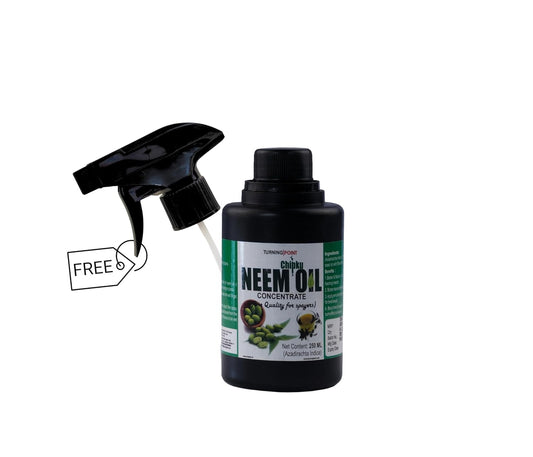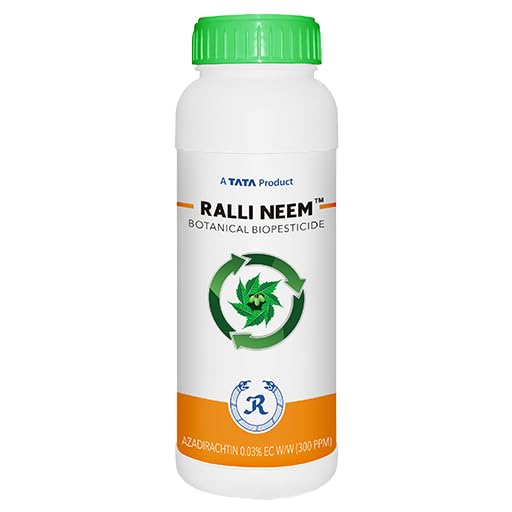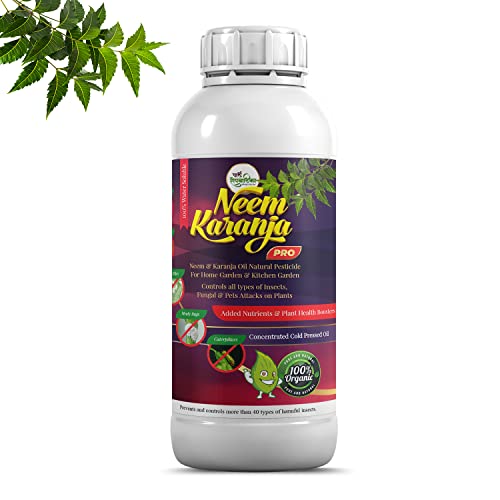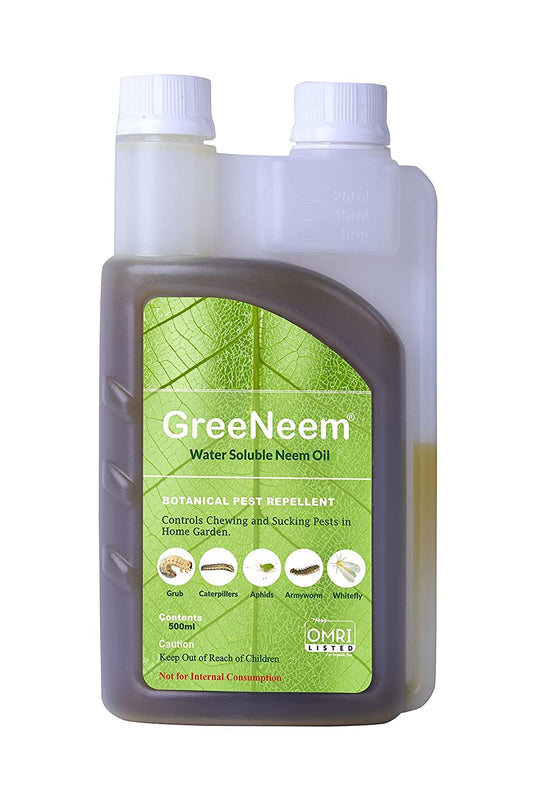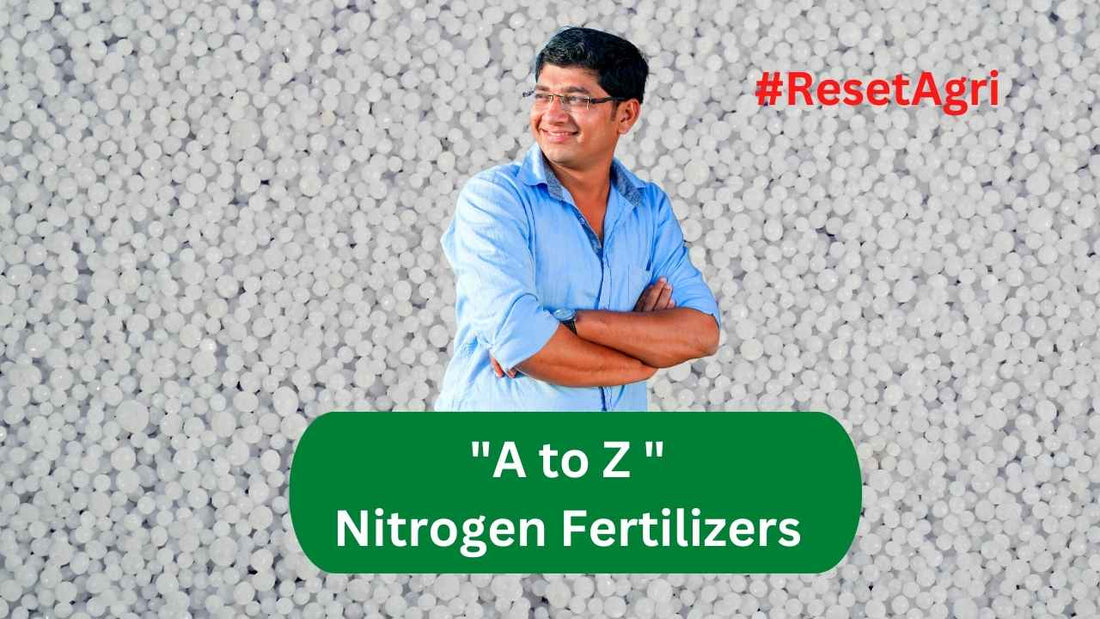
A to Z : Nitrogen Fertilizers
Share
Nitrogen fertilizers are a type of fertilizer that provide plants with nitrogen, which is an essential nutrient for plant growth. Common nitrogen fertilizers include ammonium nitrate, urea, and ammonium sulfate. These fertilizers are typically made from natural gas or atmospheric nitrogen, which is converted into a usable form for plants.
Here are some do's and don'ts that Indian farmers should keep in mind when using nitrogen fertilizers:
Do's:
- Test soil before applying nitrogen fertilizers to determine the appropriate amount of fertilizer needed for your crops.
- Use a slow-release nitrogen fertilizer to prevent nitrogen leaching and to provide a steady supply of nitrogen to plants.
- Apply nitrogen fertilizer at the right time - ideally when plants are actively growing and able to use the nitrogen.
- Incorporate nitrogen fertilizer into the soil to prevent loss through runoff or evaporation.
Don'ts:
- Do not apply too much nitrogen fertilizer, as this can lead to pollution of waterways and soil, and can also harm plants.
- Do not apply nitrogen fertilizer too late in the growing season, as this can result in delayed maturity and reduced yield.
- Do not apply nitrogen fertilizer during drought conditions, as it can increase the risk of plant damage.
However, the use of nitrogen fertilizers has also had negative environmental impacts, including soil and water pollution, greenhouse gas emissions, and loss of biodiversity. In recent years, there has been a push towards more sustainable farming practices, including the use of organic fertilizers and precision agriculture techniques to reduce the amount of nitrogen fertilizer needed.
Organic nitrogen fertilizers are derived from natural materials such as animal waste, plant matter, or other organic sources. These fertilizers release nitrogen slowly over time as they break down, making them a good option for providing long-term nitrogen to plants.
- Compost
- Manure
- Fish Emulsion
- Blood Meal
- Feather Meal
- Bat Guano
- Alfalfa Meal
- Cottonseed Meal
- Soybean Meal
- Protein hydrolysates
- Oligo peptides
- Amino acids
Inorganic nitrogen fertilizers are typically made from synthetic materials and provide a quick boost of nitrogen to plants, but can also contribute to environmental problems such as water pollution and greenhouse gas emissions.
- Urea
- Ammonium Nitrate
- Ammonium Sulfate
- Diammonium Phosphate
- Ammonium Phosphate
- Potassium Nitrate
- Calcium Nitrate
- Sodium Nitrate
- Nitrogen-Phosphorus-Potassium Fertilizers
- Isobutylidene Diurea (IBDU)
- Sulfur-coated urea
- Polymer-coated urea
- Calcium Ammonium Nitrate
- Sulfur-coated Urea
- Polymer-coated Urea
- Liquid Ammonia
- Nitrate of Soda
- Calcium Cyanamide
- Ammonium Chloride
Nano urea, also known as "urea nanoparticles," is a form of urea that has been modified at the nanoscale level. Here are some potential benefits of using nano urea:
Increased efficiency: Nano urea is believed to be more efficient than traditional urea due to its high surface area and slow release properties. This means that crops can utilize the nutrients more effectively, leading to increased yields.
Reduced environmental impact: Traditional urea can lead to nitrogen runoff, which can cause pollution in waterways and harm aquatic life. Nano urea is designed to release nitrogen more slowly, which can reduce the amount of nitrogen runoff and potential environmental damage.
Improved crop quality: Because nano urea is more efficient at delivering nutrients to crops, it can lead to improved crop quality. This can include better taste, texture, and nutritional value.
Cost savings: While nano urea may be more expensive than traditional urea, its increased efficiency can lead to cost savings in the long run. This is because less fertilizer is needed to achieve the same results.
Enhanced soil health: Traditional urea can have negative effects on soil health over time. By reducing the amount of fertilizer needed and decreasing the environmental impact, nano urea may help to maintain or even enhance soil health.
It's important to note that while nano urea shows promise, more research is needed to fully understand its potential benefits and any potential risks.
While there are potential benefits of using nano urea, there are also some potential disadvantages to consider:
- Limited research: Nano urea is a relatively new technology, and there is limited research on its long-term effects on crops, soil, and the environment. More research is needed to fully understand its potential benefits and risks.
- Cost: Nano urea is currently more expensive than traditional urea, which may limit its adoption in certain markets or by certain farmers.
- Safety concerns: The small size of nano urea particles raises concerns about their potential impact on human health and the environment. Research is ongoing to understand the potential risks associated with exposure to nano urea.
- Regulatory hurdles: The use of nanotechnology in agriculture is a relatively new area, and regulatory frameworks are still being developed to ensure the safe use of these technologies.
- Technical challenges: The production and handling of nano urea require specialized equipment and processes, which may make it difficult for small-scale farmers or those in remote areas to access or use.
Overall, while there are potential benefits to using nano urea, it is important to carefully consider the potential risks and limitations before adopting this technology.
In the future, it is likely that nitrogen fertilizer use will continue to be an important aspect of agriculture, but farmers will need to use these fertilizers more responsibly and in conjunction with other sustainable practices. This may include the use of new technologies, such as precision agriculture and biotechnology, to improve the efficiency of fertilizer use and reduce its negative impacts on the environment.


